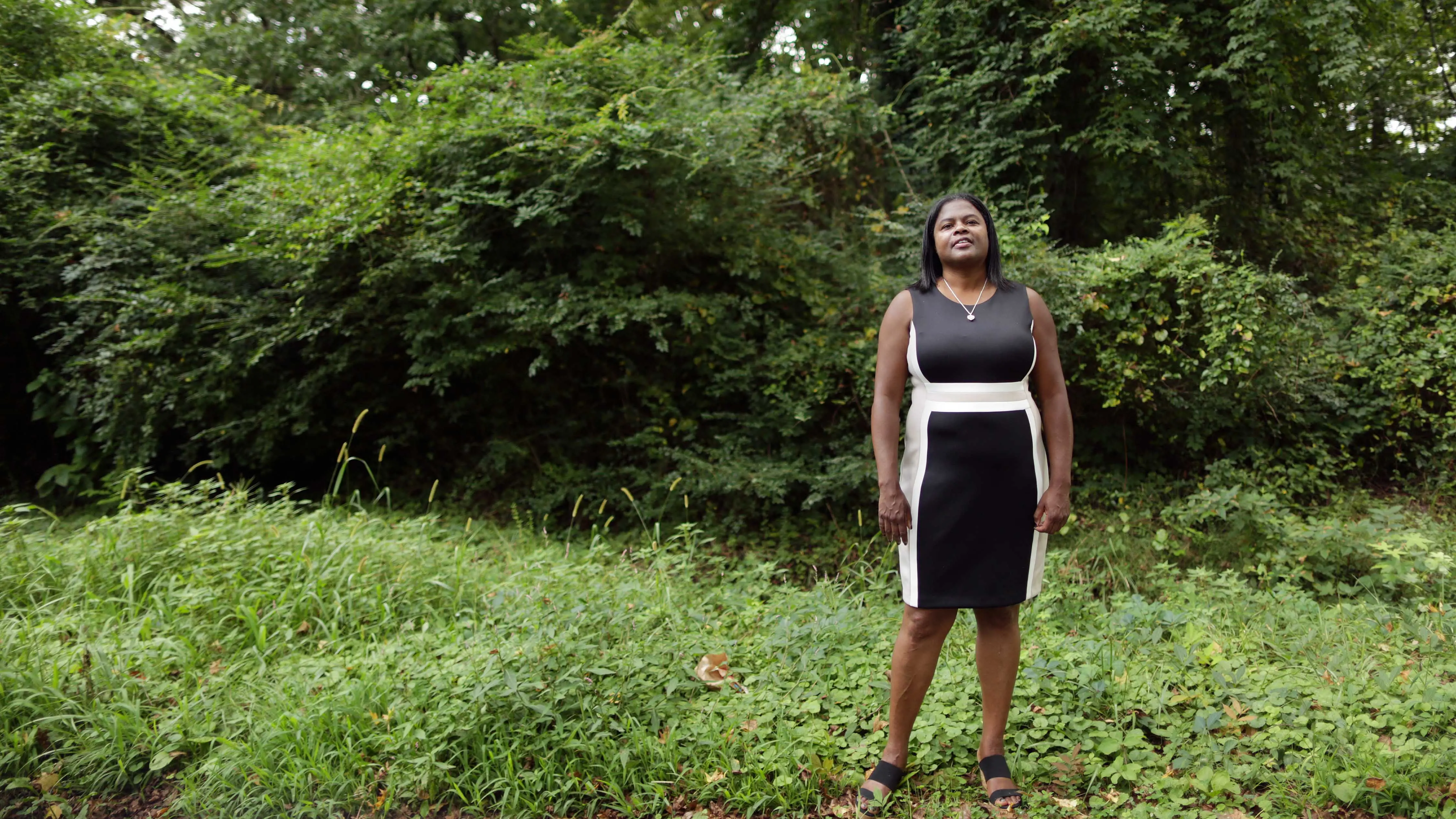
Ava Gabrielle-Wise knows almost everyone in the historic Eastern Shore community of New Road — and vice versa.
She waves and chats with neighbors freely in this small, mostly Black neighborhood, standing under a street sign for Ruth Wise Road. It’s named for her late mother.
Gabrielle-Wise stops at the border of an overgrown lot with a wall of greenery and trees. It used to be her childhood home.
“The story starts in that huge block there, that huge brush of trees,” she says. “My great-grandparents built a house there. My great-grandfather built it with his own hands from the ground up.”
Like many in the Exmore community, Gabrielle-Wise is descended from people who were once enslaved on this land.
Many families, including her own, can trace their lineage back generations on the Shore.

As a nonprofit journalism organization, we depend on your support to fund more than 170 reporting projects every year on critical global and local issues. Donate any amount today to become a Pulitzer Center Champion and receive exclusive benefits!
Despite their long presence, however, few owned their homes. When Gabrielle-Wise was born in 1968, her family was one of only a handful who did.
She and her mother, Ruth Wise, set out to change that in the 1990s, starting with a push for modern infrastructure.
They launched the New Road Community Development Group. Over time the organization helped residents buy their land from absentee landlords.
Ruth Wise died in 2017. By then, her activism was known throughout Virginia and beyond.
Gabrielle-Wise is now carrying on her mother’s legacy with an expanding effort to provide affordable housing in New Road.
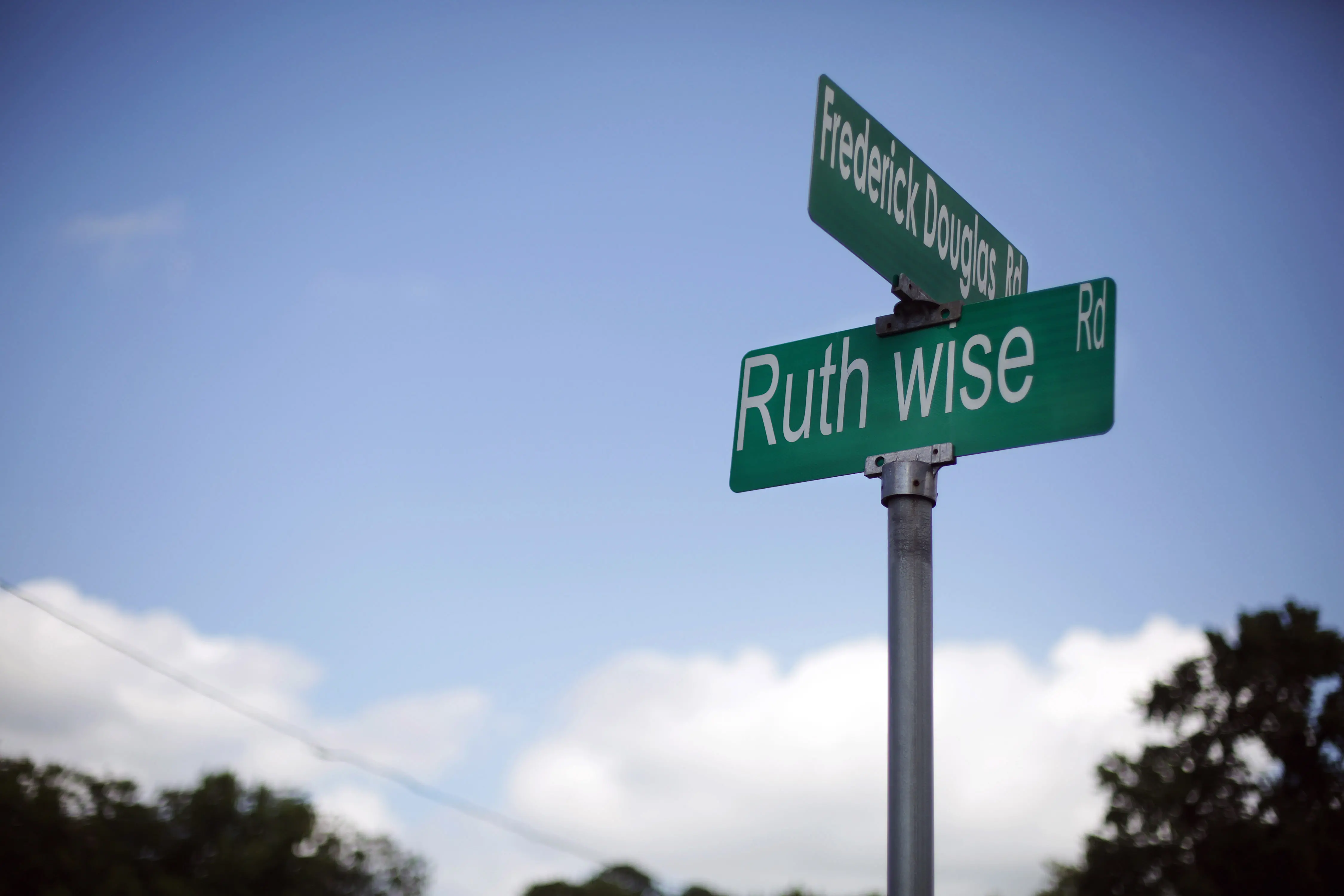
Housing has become an increasingly bigger issue on the Eastern Shore in the decades since the community development group launched.
About a quarter of all households there were cost-burdened in 2019, according to a regional housing study released by the Accomack-Northampton Planning District Commission earlier this year.
That means they spend more than a third of their income on housing. The proportion is higher among renters, and highest among low-income households.
The commission estimated both counties have a gap of at least about 1,000 housing units each, said Russ Williams, director of housing services.
Not enough contractors and few incentives for the private sector are among many compounding issues creating the shortage.
Williams said it’s tricky because residents of the Shore want to preserve its rural and seaborne character. But rising sea levels, for example, are squeezing out developable land and making it harder to engineer necessary septic systems.
Officials behind the housing report recommended actions like updating zoning codes, launching a public awareness campaign and expanding housing inventory.
Gabrielle-Wise’s group is already building more homes. This summer she led a ribbon-cutting ceremony for the latest six to come on the market.
“What you see is bricks and mortar and wood,” she said at the event. “But what has really happened in this community was about people and it was about the resilience of people to change their own lives. And that is what this project has always represented.”
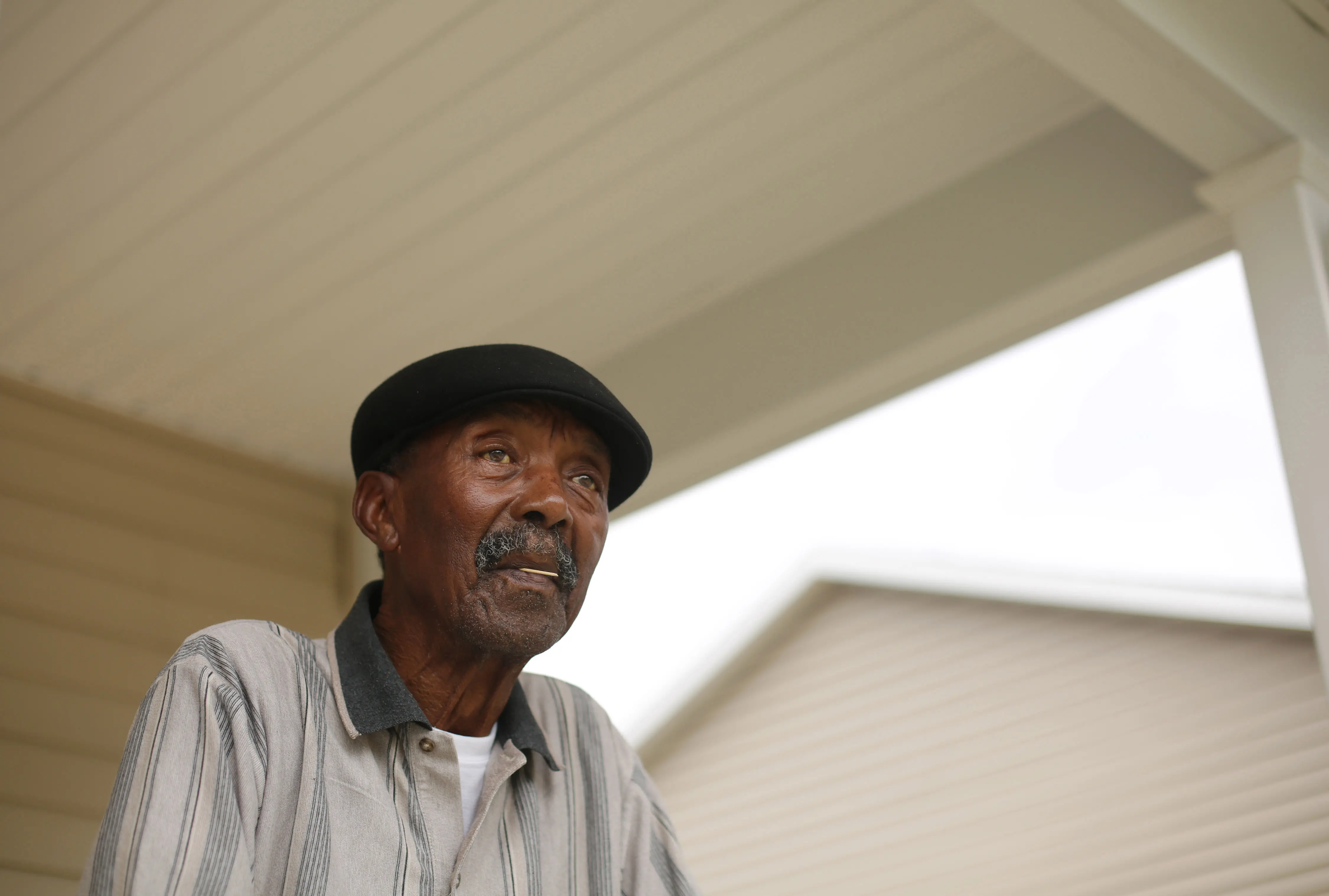
New Road didn’t always carry that name.
It got the moniker after Route 13 was constructed and ran right through the middle of the neighborhood – a new road.
“The community was literally split in half by the highway,” Gabrielle-Wise said. “Families were literally kind of divided.”
She said it used to be named after a white owner of the farmland the community developed around.
After slavery, the freed Black people became tenant farmers or sharecroppers. That meant they lived on the land, but often couldn’t purchase any.
By the latter part of the 20th century, there were still homes — most in the shotgun style — that hadn’t changed much since the sharecropping era.
“Most of the families had lived in the community for generations … but were renting, at that point, what was extremely substandard housing,” Gabrielle-Wise said.
Landlords weren’t making needed improvements to their properties. Indoor plumbing and running water were a rarity.
“There were outhouses here, outhouses there,” Gabrielle-Wise said.
In the 1990s, Exmore officials declined to pay their part for a sewer and water system in New Road, despite the cost being mostly subsidized by the federal government.
“That was really kind of the catalyst for the community getting organized,” Gabrielle-Wise said.
Ruth Wise, then a professor at Eastern Shore Community College, led the fight.
She and her daughter organized marches and cleanup events where women in the community put out big buffet spreads. They showed up at local meetings even when nothing relevant to them was on the agenda.
But Gabrielle-Wise said town leaders kept turning down the 300-odd residents of the mostly Black and lower-income community.
Residents, most of whom rented their homes, felt the town ignored them because they weren’t direct real-estate taxpayers.
“That became kind of a blessing and a curse,” she said. “It was a curse at the time to be hurt, to hear that you have no say in the civic activity of your town because you're not a landowner.
“But it is also the thing that was the blessing, because it gave us the idea. It sparked the idea that we could become owners, we should become owners of our own community.”
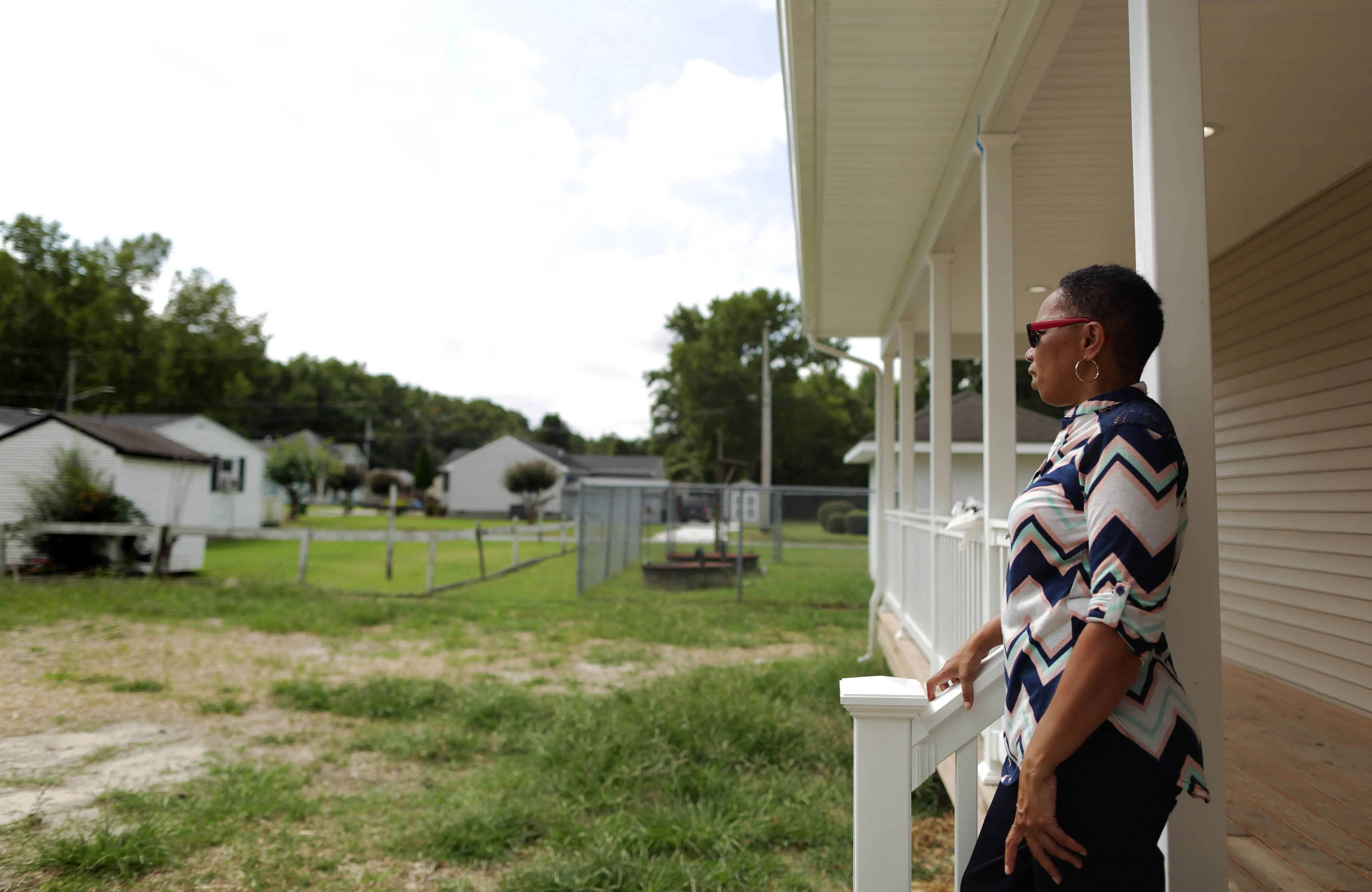
The New Road Community Development Group was born in 1992.
A Maryland-based Catholic charity, the McAuley Institute, “took a leap of faith” and loaned them $350,000 to start buying up 30 acres, including 54 run-down buildings, from absentee landlords, Gabrielle-Wise said.
“A ragtag band of formerly invisible citizens was in the process of shaking up an entire community through everything from basic grassroots organization building to sophisticated financial negotiation and action,” a writer with New York University’s Wagner School of Public Service wrote in a 2003 leadership case study about New Road.
"They realized," Ruth Wise told the writer at the time, "that they were dealing with a new kind of animal."
Within a few years, they’d convinced town leadership to accept funds for a water and sewer project. Kids cheered when backhoes rolled into the neighborhood to start construction in 1998, Gabrielle-Wise said.
The community development group went on to subdivide their new property, redevelop homes and sell them to people in the community at affordable prices.
They paid off the debt in about eight years — most of it within five, Gabrielle-Wise said.
Burley Rogers, now 83, lived in New Road since he married many decades ago. He helped lead the push for indoor plumbing alongside Ruth Wise.
There was such poor drainage in the community, Rogers said, that you couldn’t make it in or out when it rained.
“I say to myself, ‘What in the world?’ So I made it my business.”
Around that time he also bought the house where he still lives – now on Ruth Wise Road.
Home-ownership is an important way to ensure a community’s taken care of, Rogers said.
“If you own a house, you take care of it.”
Alice Johnson bought her four-bedroom home more than 20 years ago.
She came to New Road when she was about 19 and was renting a place. She started to work with Ruth Wise.
“I probably would’ve never owned a house if it wasn’t for Ruth Wise,” she said. “It’s something you dream about. But it became reality.”
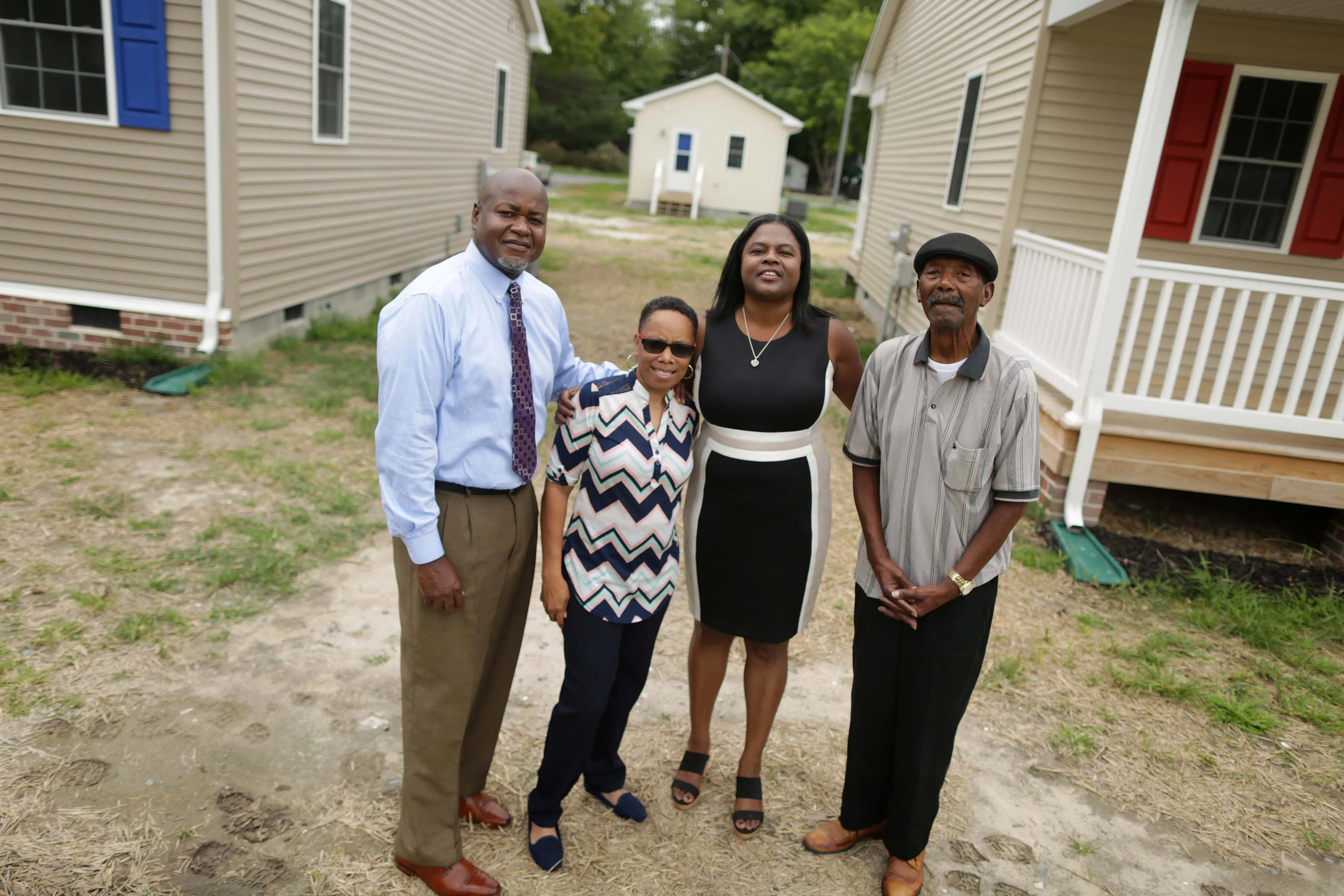
Like elsewhere in Hampton Roads and across the country, people on the Eastern Shore can’t keep up with rising home prices and there is more need than there are affordable units.
The Shore also has its own set of challenges.
Gabrielle-Wise, who’s now a part of a regional housing coalition, said the real estate market is booming – but just in the lower county, the Cape Charles market.
“The average Eastern Shore person” who works at major employers like the chicken plants can’t afford that.
She thinks poor infrastructure is the top challenge.
Developers often don’t have a financial incentive to build in rural areas when it would include an upfront cost to install better infrastructure, she said.
There is some progress coming on that front: A $15 million new sewer system.
The Hampton Roads Sanitation District plans to run about 102,000 feet of pipes from Exmore and Nassawadox to the Onancock Wastewater Treatment Plant, according to its website. Construction began this summer and is expected to wrap up next fall.
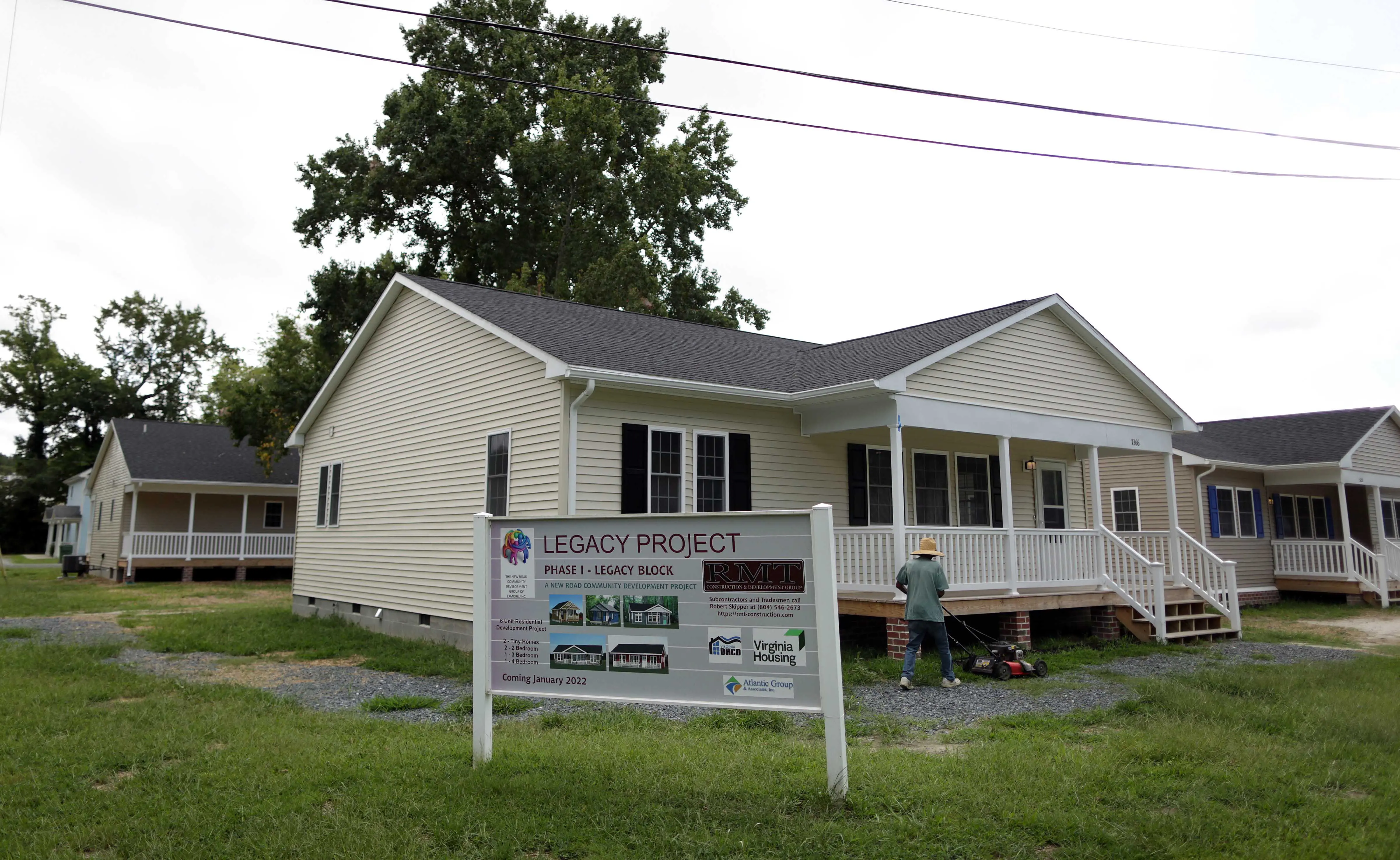
Everyone involved in housing on the Shore knows about the success of the New Road group.
“It’s pretty remarkable,” said Williams with the planning district commission. “We think it’s a feather in the cap for that area … and the region as a whole.”
Gabrielle-Wise said they’re doing the best they can, but it’s disheartening to see how much need is out there.
For the six homes built this year, she said she’s gotten over 200 applications so far.
“My phone rings off the hook,” she said. “This opportunity doesn’t exist in another single place on the Eastern Shore right now.”
Those houses are the first phase of what the development group calls its Legacy Project.
“This is a legacy for us personally,” Gabrielle-Wise said at the summer ribbon-cutting ceremony. “It’s a legacy for my family. It is a legacy for this community and it is a legacy for this region.”
The next phase will be bigger. The project recently received half a million dollars in federal funding for it.
The group plans to build 16 duplexes in eight buildings and 35 multi-family units in two buildings, all on about eight acres.
Ruth Wise, ironically, was never too concerned about buying her own home, Gabrielle-Wise said. She finally did about a decade ago, after being urged by many, including those in New Road, to buy something for herself.
After she died, state lawmakers passed a resolution honoring her contributions to local economic development and home-ownership.
Now, Gabrielle-Wise said she’s just trying to live up to that legacy.
This story has been updated to better reflect Gabrielle-Wise's involvement with the group in the 1990s.
Photographer Vicki Cronis-Nohe contributed to this report.









